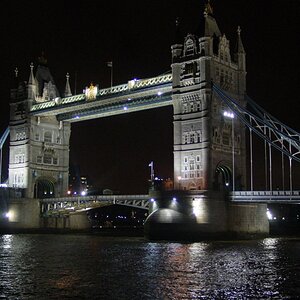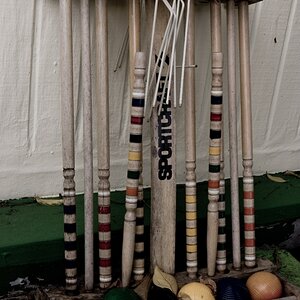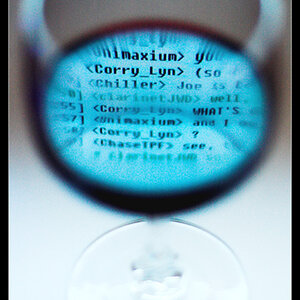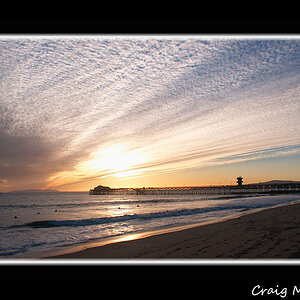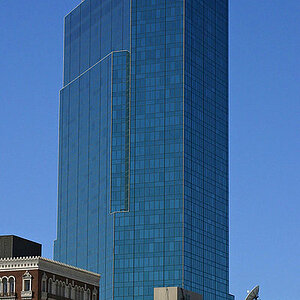chammer
TPF Noob!
- Joined
- Jul 30, 2009
- Messages
- 640
- Reaction score
- 5
- Location
- Virginia Beach, VA
- Can others edit my Photos
- Photos OK to edit
So per my macro lens thread (for those that read it) I have been eye balling both the Tamron 28-75mm 2.8 and the Canon 24-70mm 2.8 as my 17-50mm 2.8 is proving to be just a touch too short in some areas. More specifically, my dog show events.
I thought it best to review some pictures from last year to refresh my memory on what I shot, what focal length, what aperture, what shutter speed, etc. to better get an idea of what I would like to have for this year (which starts next Saturday, May 1st).
Here are 5 examples in which the subject is at varying ranges from the camera:





The thing they all share in common is the fact all were at 50mm, and all I felt are way to short. The other problem is that the indoor ones are having to be shot at 1600 ISO at f/2.8, and -1/3 EC, just to get a half decent shutter speed. One in particular (#4) was shot at 1/160 which is just too slow as blurring is visible on both the woman's foot, and on the dogs foot.
As per my first paragraph I had been considering lenses that would give me either 20mm or 25mm more than what these were shot at. Looking at these again is pretty much telling me even that will come up shorter than I'd like. Under ideal conditions I'd like to be able to fill the frame (or as close to it as possible) with the dog in image #1 while still being able to capture a group image like image #3. I think in that regard, 70mm or 75mm is just going to be too short though plenty wide at 24mm and 28mm for the group shots.
It's obviously then at the telephoto end where my issue is. With all that said the 24-105 f4L is looking more like a nice compromise, but then my second issue comes up...not fast enough. That one stop will be enough to kill me by turning that 1/160th shot into a 1/80th @ 1600 ISO. Looking at other shots of dogs mid-stride I've found one as low as 1/250th that has stopped the action nicely, so I figure that's what my slowest shutter should be in an ideal situation.
That said can anyone think of any suggestions? While I do own the Canon 70-200mm 2.8 IS, I've only shot with it once at a dog show and found it to be way too long which is why the 17-50mm is my "dog show lens". There are times when I have needed just a bit closer than 70mm, even though those times have been more or less rare.
In the event someone mentions it, as it seems to be common with indoor sports, I have been thinking about the 85 1.8 as well. I'm just not sure of shooting with a prime in this sort of setting. Another I have been contemplating is giving a try with my new 100mm 2.8L Macro, but again...not sure how that would work and it's for that reason for both prime options that I'd prefer a zoom.
Am I at that point where I'm screwed unless I just bite the bullet and buy a second body to mount both the 17-50 and 70-200, and swap as needed? At this point I'd much rather be building out my lens collection than be buying a second body, but for the price of the 24-105L I could pick up another 50D. I really would hate that, however, as I was hoping when the time came I could snag a 7D or even a 1d3 (used).
I guess another thing to keep in mind is that I am doing this for fun. As such, lugging around more than one body and trying to swap on the fly all the time may turn it into work. I hate work. :greenpbl:
Any advice would be appreciated. I would like to order whatever either this Thursday or Friday to be here Saturday, April 24th.
Oh, and I almost forgot one of the most asked questions when posting a "what should I buy?" thread... my budget. Ideally I don't want to go over $1,000, but if the Canon 24-70mm 2.8 is my only option then I can stretch it the extra $400, but only if I *have* to.
Thanks!
I thought it best to review some pictures from last year to refresh my memory on what I shot, what focal length, what aperture, what shutter speed, etc. to better get an idea of what I would like to have for this year (which starts next Saturday, May 1st).
Here are 5 examples in which the subject is at varying ranges from the camera:





The thing they all share in common is the fact all were at 50mm, and all I felt are way to short. The other problem is that the indoor ones are having to be shot at 1600 ISO at f/2.8, and -1/3 EC, just to get a half decent shutter speed. One in particular (#4) was shot at 1/160 which is just too slow as blurring is visible on both the woman's foot, and on the dogs foot.
As per my first paragraph I had been considering lenses that would give me either 20mm or 25mm more than what these were shot at. Looking at these again is pretty much telling me even that will come up shorter than I'd like. Under ideal conditions I'd like to be able to fill the frame (or as close to it as possible) with the dog in image #1 while still being able to capture a group image like image #3. I think in that regard, 70mm or 75mm is just going to be too short though plenty wide at 24mm and 28mm for the group shots.
It's obviously then at the telephoto end where my issue is. With all that said the 24-105 f4L is looking more like a nice compromise, but then my second issue comes up...not fast enough. That one stop will be enough to kill me by turning that 1/160th shot into a 1/80th @ 1600 ISO. Looking at other shots of dogs mid-stride I've found one as low as 1/250th that has stopped the action nicely, so I figure that's what my slowest shutter should be in an ideal situation.
That said can anyone think of any suggestions? While I do own the Canon 70-200mm 2.8 IS, I've only shot with it once at a dog show and found it to be way too long which is why the 17-50mm is my "dog show lens". There are times when I have needed just a bit closer than 70mm, even though those times have been more or less rare.
In the event someone mentions it, as it seems to be common with indoor sports, I have been thinking about the 85 1.8 as well. I'm just not sure of shooting with a prime in this sort of setting. Another I have been contemplating is giving a try with my new 100mm 2.8L Macro, but again...not sure how that would work and it's for that reason for both prime options that I'd prefer a zoom.
Am I at that point where I'm screwed unless I just bite the bullet and buy a second body to mount both the 17-50 and 70-200, and swap as needed? At this point I'd much rather be building out my lens collection than be buying a second body, but for the price of the 24-105L I could pick up another 50D. I really would hate that, however, as I was hoping when the time came I could snag a 7D or even a 1d3 (used).
I guess another thing to keep in mind is that I am doing this for fun. As such, lugging around more than one body and trying to swap on the fly all the time may turn it into work. I hate work. :greenpbl:
Any advice would be appreciated. I would like to order whatever either this Thursday or Friday to be here Saturday, April 24th.
Oh, and I almost forgot one of the most asked questions when posting a "what should I buy?" thread... my budget. Ideally I don't want to go over $1,000, but if the Canon 24-70mm 2.8 is my only option then I can stretch it the extra $400, but only if I *have* to.
Thanks!






![[No title]](/data/xfmg/thumbnail/33/33356-9cfc19255e84aab13c903f781a99cf9f.jpg?1619735920)

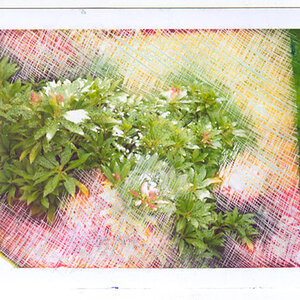
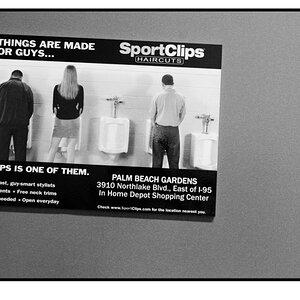
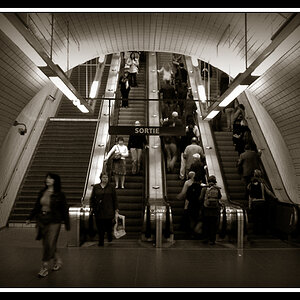
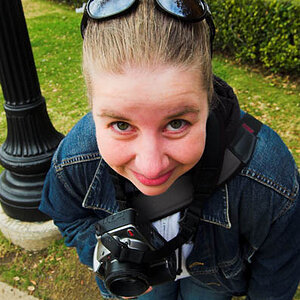
![[No title]](/data/xfmg/thumbnail/33/33358-426ca644c08fb31a8cc23232f17de8dd.jpg?1619735922)
